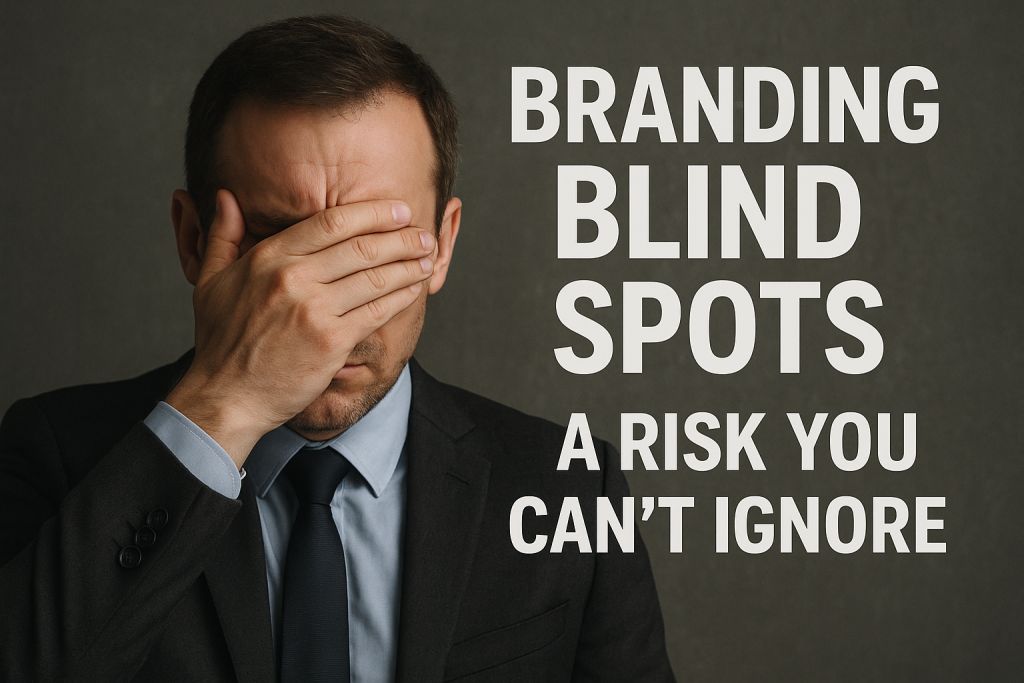Branding Blind Spots: A Risk You Can’t Ignore
Many businesses believe their brand is crystal clear, but clarity often unravels in subtle ways that are hard to spot internally. While leaders may feel confident in how the brand is being communicated, customers can experience inconsistencies that tell a different story. These issues rarely make themselves obvious at first. Instead, they creep in quietly through outdated messages, fragmented execution, or the mindset that “close enough” is acceptable. Left unchecked, these blind spots can slow growth and weaken market standing.
True brand alignment requires more than rigid visual standards. It demands a system that evolves with changing markets and customer expectations. That means actively listening, gathering feedback, and making ongoing adjustments. When positioning, customer touchpoints, and internal culture fail to work in harmony, the brand’s value erodes over time.
Blind spots frequently surface during rapid expansion, when internal updates outpace external messaging, or when decision-making ignores the customer’s point of view. Although these may seem minor at first glance, they create a widening disconnect between what the company believes it projects and what customers actually perceive.
One reason these blind spots persist is the misconception that branding belongs only to marketing. In reality, branding is an organization-wide responsibility. Every team and department contributes to the brand promise—through communication, service, and behavior. Without a unified effort, even the most polished brand strategy can lose its effectiveness.
Avoiding these gaps requires discipline and curiosity. Companies should test their messaging against real-world experiences, maintain steady feedback channels, and ask direct questions: Are we delivering on our commitments? Is our value proposition evident in daily operations? Do audiences still interpret us the way we intend? Regularly examining these questions helps keep the brand sharp and credible.
When alignment is achieved, the benefits compound. Communication becomes sharper, customer interactions feel consistent, and decisions are made with greater confidence. The outcome is not just clarity—it’s trust.
In competitive markets, trust and credibility determine which brands stand apart. The goal isn’t to micromanage every interaction but to ensure values are communicated consistently wherever the brand appears. That consistency shapes perception, earns loyalty, and builds long-term competitive strength.For more on this, check out the accompanying resource from The Brand Consultancy, a brand consulting firm.







